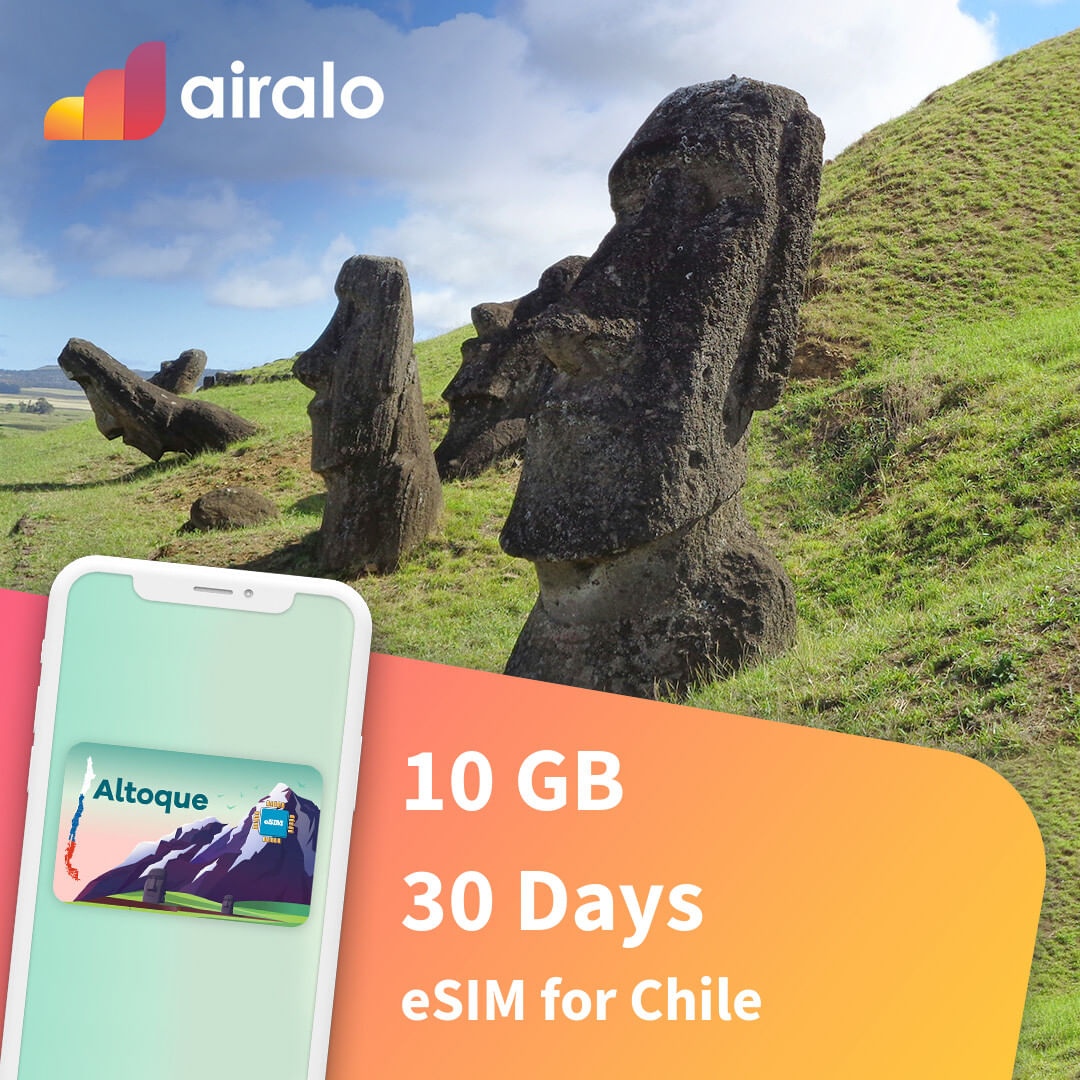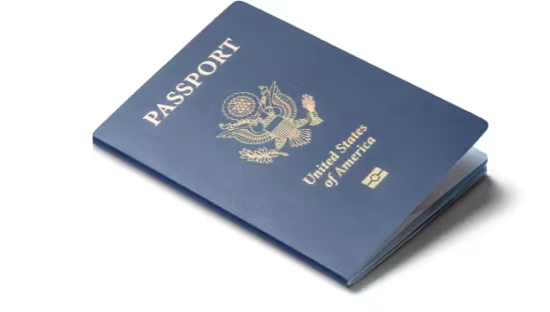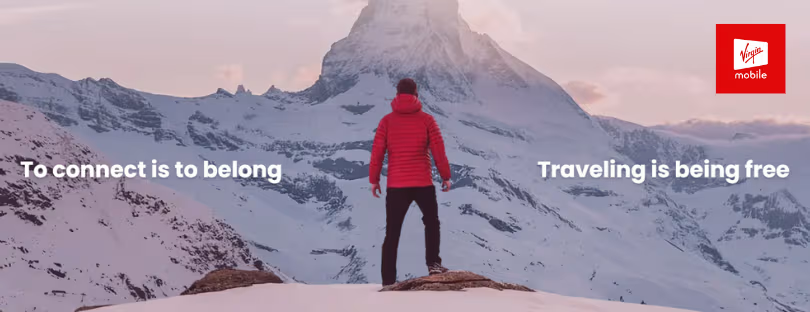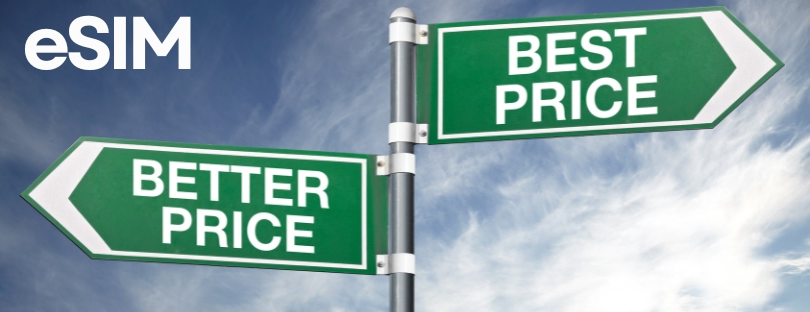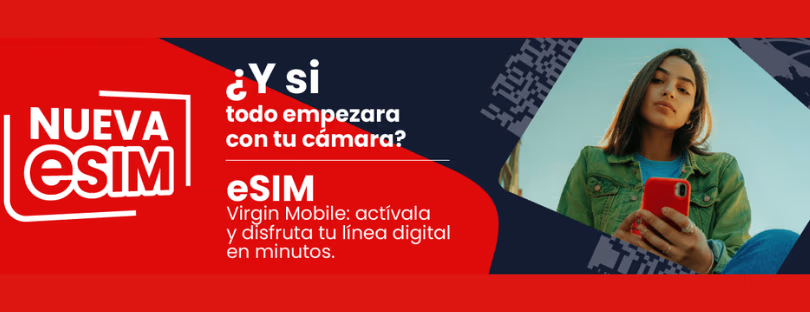
Virgin Mobile Chile introduces eSIMs
Virgin Mobile Chile has officially joined the eSIM movement—and it’s not just another tech upgrade. It signals a real shift in how telecoms across Latin America are thinking about convenience, sustainability, and customer control.
With Virgin’s new digital SIM, users can activate a mobile line in minutes, entirely online, with no paperwork, no stores, and no courier deliveries. Or as Virgin puts it themselves: So easy. So digital. So Virgin.
What is eSIM—and why should users care?
An eSIM (embedded SIM) replaces the traditional plastic SIM card. Instead of physically inserting a chip, users simply scan a QR code to activate their number. No more waiting for deliveries, swapping trays, or losing tiny cards at airports.
Virgin Mobile Chile’s eSIM:
- Activates in minutes, 100% online
- Is built into the phone, so it’s harder to lose or clone
- Lets you store multiple numbers (work, personal, or even foreign lines while traveling)
- Cuts plastic waste—no packaging, no shipping, no logistics
For frequent travelers, digital nomads, business travelers, or anyone tired of SIM card drama at airport kiosks, this shift is huge.
How Virgin Mobile’s eSIM works
Buying and activating is fully digital:
- Go to Virgin Mobile Chile’s online store
- Choose a prepaid or postpaid plan
- Select “eSIM” instead of physical SIM
- Receive a QR code via email
- Scan it through phone settings → Mobile Data → Add eSIM
Within minutes, your line is ready—no contract, no fine print, no waiting for a courier.
Currently compatible devices include:
- Apple: iPhone XR and newer
- Samsung Galaxy: S20/S21/S22/S23, Note 20, Z Flip, Z Fold
- Huawei: P40, Mate 40 Pro
- Google Pixel: Pixel 3 and up
- Motorola: Edge, Razr, and recent Moto G models
If your phone is from the past 2–3 years, chances are it already supports eSIM.
Why this matters in Chile’s mobile market
Chile is one of Latin America’s most mature telecom markets, but until now, eSIM availability has mostly been led by Movistar, Entel, WOM, and Claro — often requiring in-store visits or extra fees.
Virgin Mobile entering the eSIM game brings two big differences:
- No contracts, no nonsense — Virgin stays true to its prepaid, freedom-first model
- 100% digital onboarding — no branches, no physical delivery, no RUT-based bureaucracy surprises
For younger users, expats, and travelers landing in Chile, this is exactly the kind of frictionless setup they expect.
Environmental angle: less plastic, more logic
Virgin is also tapping into sustainability. Traditional SIM cards generate millions of plastic cards and packaging each year. By switching to eSIM, Virgin removes that waste entirely.
It’s not just marketing—GSMA data shows telcos could prevent over 20,000 tons of plastic waste annually if eSIM becomes the norm globally. Virgin Mobile adds a pop-culture-friendly twist: being eco-conscious should also be effortless.
How does this compare to other operators?
| Operator | eSIM available? | Activation method | Contracts? |
|---|---|---|---|
| Movistar Chile | Yes | Online or in-store | Postpaid + prepaid |
| Entel | Yes | Store visit or customer portal | Often contract-based |
| Claro | Limited | Mostly in-store | Requires ID & service plan |
| WOM | Yes | Online | Some restrictions |
| Virgin Mobile | Yes (new) | 100% online, QR code only | No contract, prepaid freedom |
Virgin isn’t the first, but it’s one of the few offering eSIM without tying users to long-term plans or physical procedures.
So, is this the beginning of contract-free digital telecom in Chile?
Virgin Mobile Chile entering the eSIM space isn’t just about offering another product—it’s part of a bigger trend: mobile services becoming as simple as downloading an app.
Compared to giants like Movistar or Claro, Virgin’s strength lies in flexibility, a digital-first setup, and a tone that resonates with younger, travel-ready audiences. The timing is also right: roaming costs are still high, physical SIMs are becoming outdated, and travelers are increasingly relying on digital connectivity.
That said, challenges remain. eSIM adoption in Latin America is still low outside major cities, older phones aren’t compatible, and customer education is still needed. But Virgin’s move nudges the industry forward—toward faster onboarding, less waste, and more user control.
Final thought
Virgin Mobile Chile isn’t reinventing the wheel—but it’s making it turn faster. In a market where eSIM was often locked behind contracts or bureaucracy, Virgin makes it simple, digital, and accessible. If other operators don’t keep up, the future of SIM cards in Chile might already be written—and it doesn’t come in a plastic tray.







